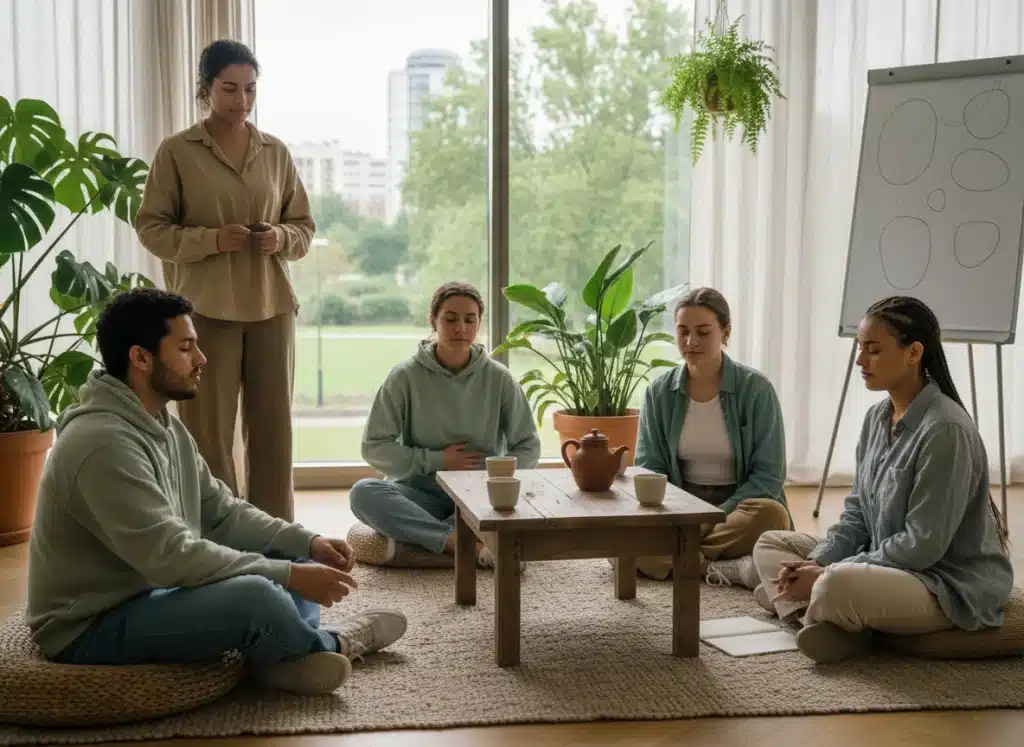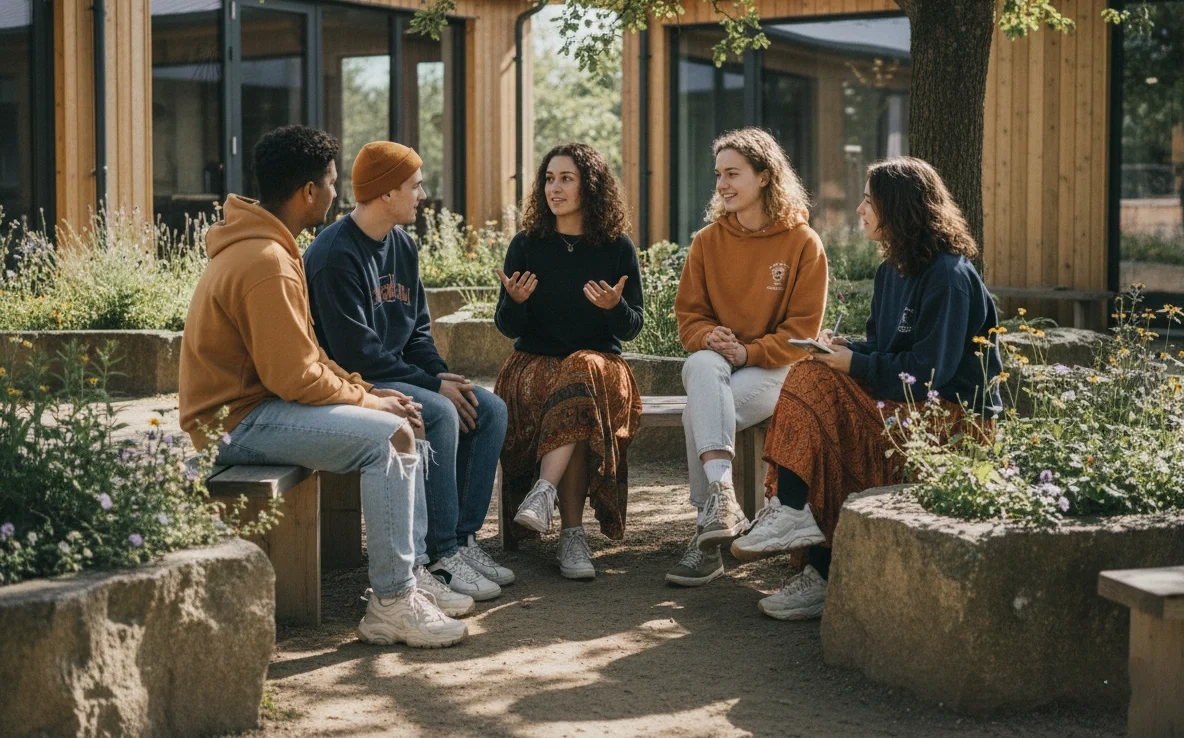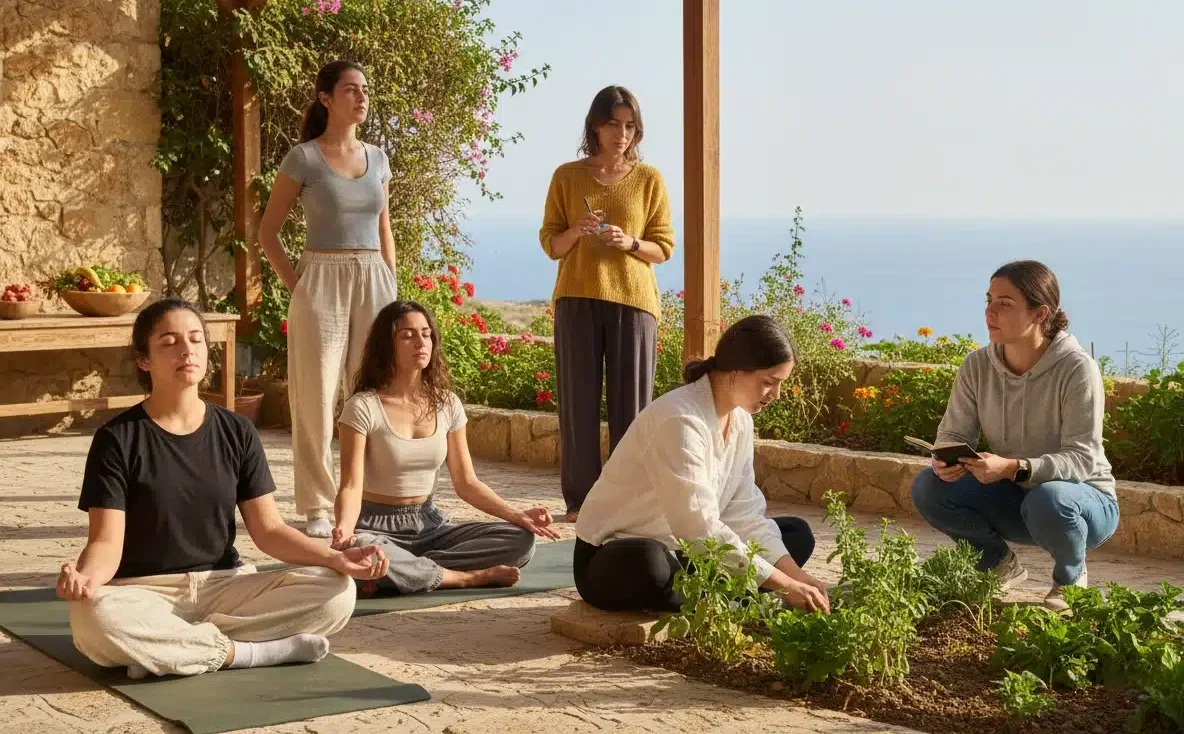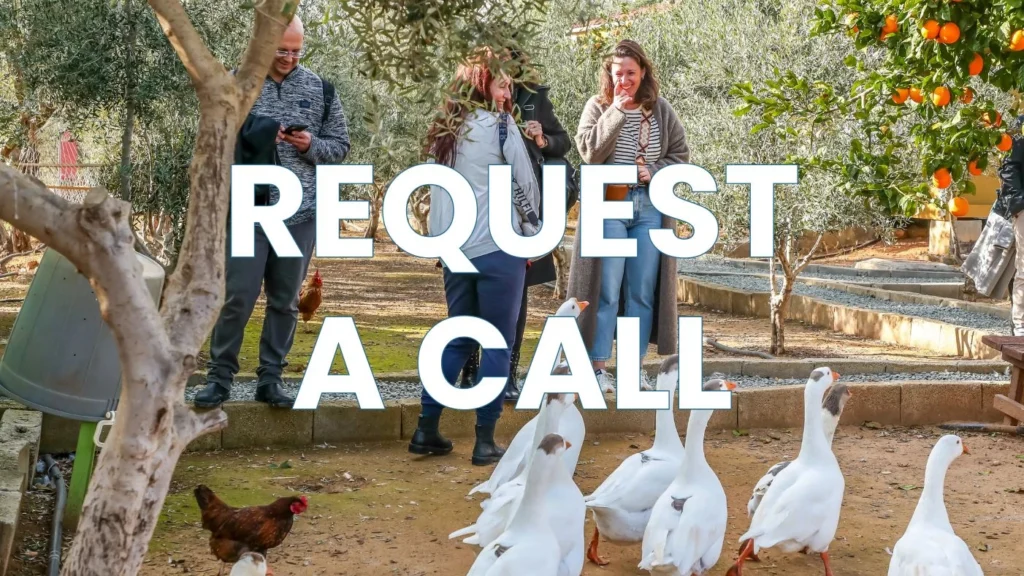Boundaries and Balance: Teaching Healthy Independence
05 min read

Freedom Without Chaos
Independence doesn’t mean doing everything alone — it means knowing where you end and the world begins.
For many young adults, blurred boundaries create confusion, conflict, and emotional exhaustion.
They may say “yes” when they mean “no,” take on others’ feelings as their own, or push everyone away to feel safe.
At Holina Village Cyprus, we teach that true independence grows from healthy boundaries — where connection and self-respect can coexist peacefully.
“Boundaries are not walls. They are doors with locks — you decide who, what, and when.”
— Therapist, Holina Village Cyprus
Why Boundaries Matter for Young People
Boundaries are the foundation of emotional health.
Without them, relationships become overwhelming, responsibilities unclear, and self-worth fragile.
For young people healing from trauma, addiction, or codependency, setting boundaries can feel uncomfortable or even selfish.
But boundaries are not barriers — they are bridges to balanced connection.
They teach young adults how to respect themselves and others at the same time.

Understanding the Different Types of Boundaries
At Holina Village, we help students recognize that boundaries exist in every area of life — and that balance comes from understanding each one.
Physical Boundaries — Respecting space, privacy, and comfort.
Emotional Boundaries — Knowing what feelings are yours to hold and what belong to others.
Social Boundaries — Choosing who you spend time with and how you engage.
Digital Boundaries — Setting limits with technology and online exposure.
Time Boundaries — Prioritizing rest, study, and self-care.
By exploring each type, students gain clarity — learning that boundaries aren’t restrictions, but protections for energy and peace.
The Relationship Between Boundaries and Independence
Boundaries and independence are intertwined.
When young adults don’t know how to set limits, they either become overly dependent or excessively avoidant.
At Holina Village, we help them find the middle ground — a place where autonomy and connection coexist.
They learn to ask for help when needed, to say no without guilt, and to take responsibility for their own wellbeing.
This emotional balance is what makes independence sustainable.
“I thought being independent meant not needing anyone. Now I know it means knowing when to ask.”
— Graduate, 20
Teaching Boundaries in Daily Life
Boundaries are best learned through lived experience, not lectures.
That’s why every part of Holina Village life provides real-time practice — from shared housing to group projects and therapy.
Students learn to:
Communicate needs assertively
Respect others’ privacy and limits
Negotiate shared responsibilities
Reflect when boundaries are crossed
Repair relationships through empathy and accountability
These everyday interactions help turn theoretical understanding into emotional maturity.
Overcoming Fear and Guilt Around Boundaries
Many young adults associate boundaries with rejection.
They worry that saying “no” will make them unkind, or that asking for space will cause abandonment.
Our therapists help students reframe this fear:
Healthy boundaries don’t push people away — they make relationships safe enough to stay.
Through role play, journaling, and therapy, students learn how to express boundaries calmly and confidently — with kindness, not defensiveness.
“At Holina, I learned that saying no doesn’t mean I don’t care. It means I care about myself, too.”
— Student, 18

Boundaries and Emotional Regulation
When boundaries are unclear, emotions become unmanageable.
Young people may take on others’ stress, overextend themselves, or shut down emotionally.
By teaching emotional regulation alongside boundary work, Holina helps students recognize their limits before they’re overwhelmed.
They learn that self-care is not escape — it’s sustainability.
Mindfulness practices, breathwork, and somatic grounding help reinforce this awareness in the body — turning emotional safety into lived experience.

Family Dynamics and Boundaries at Home
Family relationships are often where boundaries blur the most.
Parents may struggle to let go; young people may rebel to gain control.
At Holina Village, we guide families through this delicate balance — teaching parents to support independence without overstepping, and teaching students to communicate their needs without cutting ties.
Through family therapy and education, both sides learn to rebuild respect, trust, and healthy separation.
“We stopped arguing when we started listening to each other’s limits.”
— Parent, Cyprus
Digital Boundaries for a Modern Generation
Today’s young adults live much of their emotional lives online.
Social media, constant messaging, and comparison culture blur personal space.
Holina integrates digital wellbeing into its boundary work — helping students manage screen time, online triggers, and privacy.
By learning to pause before posting or scrolling, they regain control of attention and self-image.
This digital mindfulness helps them engage with technology consciously, not compulsively.
Boundaries in Peer Relationships
Peer pressure often challenges boundaries, especially in adolescence.
At Holina, students explore how to maintain individuality while belonging to a group.
Group therapy and community living offer safe environments to practice assertiveness, empathy, and self-expression.
They discover that true friendship respects boundaries, not tests them.
“My friends here don’t need me to be perfect — they just need me to be honest.”
— Student, 17
Integrating Balance Into Daily Living
Boundaries create balance — the steady rhythm between giving and receiving, activity and rest, connection and solitude.
Holina’s structured program helps students internalize this rhythm until it becomes part of who they are.
Over time, they stop seeing boundaries as something to maintain — and start living them naturally.
This balance prepares them for real life, where they can engage fully without losing themselves.
Stories of Balance and Growth
“Before Holina, I said yes to everyone and lost myself. Now, I say yes to what truly matters.”
— Graduate, 19
“We learned that giving her space wasn’t losing her — it was giving her room to grow.”
— Parent, UK
“Boundaries helped me find peace. I finally know where I end and others begin.”
— Student, 18
FAQs About Boundaries and Independence at Holina Village
Q1: How do you teach young people to set boundaries?
Through therapy, group dynamics, and consistent modeling from staff — boundaries are practiced, not preached.
Q2: What if my child avoids confrontation?
We use gentle communication tools and role-play exercises to build assertiveness gradually.
Q3: How are boundaries handled in the community setting?
Students learn to respect shared spaces, personal time, and emotional limits — guided by our therapeutic staff.
Q4: Can parents be part of boundary work?
Absolutely. Family sessions help parents understand and reinforce healthy independence at home.
Q5: Why are boundaries so important for recovery?
Because without them, it’s impossible to feel safe, connected, and autonomous — the three pillars of long-term healing.
Conclusion: Freedom Through Self-Respect
At Holina Village Cyprus, independence is built through balance, and balance is built through boundaries.
When young people learn to respect their own needs while honoring others, they step into a freedom that feels safe — not lonely.
Boundaries create space for self-respect, trust, and peace.
They are not the end of connection — they are the beginning of it.
Begin your child’s journey toward healthy independence with Holina Village Cyprus today.
Where balance is learned with love — and boundaries become a path to freedom.











